Description
Caring for your Desert Cassia
Desert Cassia (Senna nemophila), also known as Cassia or Bush Senna, is a hardy, drought-tolerant shrub that brings vibrant color to landscapes with its bright yellow flowers. Native to arid regions of Australia, this plant is well-suited to dry climates and can thrive in challenging conditions. Its attractive foliage and abundant blooms make it a popular choice for gardeners looking to add a splash of color to xeriscapes, rock gardens, or other low-water landscapes.
Light
Desert Cassia thrives in full sunlight, requiring at least 6-8 hours of direct sun each day. This exposure is essential for the plant to produce its abundant, bright yellow flowers. If you’re growing Desert Cassia in an area with intense midday sun, some light afternoon shade can help prevent scorching, although the plant is generally very tolerant of heat.
Water
One of the key advantages of Desert Cassia is its drought tolerance. Once established, it requires minimal watering. Water the plant deeply but infrequently, allowing the soil to dry out completely between waterings. Overwatering can lead to root rot and other moisture-related problems.
During the first growing season, water the plant regularly to help establish a strong root system. After this period, reduce the frequency of watering. In general, watering once every two to three weeks during the growing season should be sufficient. In winter, water even less frequently.
This plant prefers low humidity, making it an excellent choice for arid and semi-arid regions. High humidity can sometimes lead to fungal issues, so ensure good air circulation around the plant, especially in more humid environments.
Soil
Desert Cassia prefers well-draining soil, typical of its native arid environments. Sandy or rocky soils are ideal, but the plant can tolerate a variety of soil types as long as they provide good drainage. Poor drainage can lead to waterlogged roots and should be avoided.
If planting in a container, choose a pot with drainage holes and use a cactus or succulent potting mix. This type of soil mix ensures excellent drainage and mimics the plant’s natural habitat.
Fertilizing
Desert Cassia does not require heavy feeding and can often thrive in poor soils. However, a light application of balanced, slow-release fertilizer in the spring can encourage more vigorous growth and abundant flowering. Use a general-purpose fertilizer with an N-P-K ratio of 10-10-10 or a similar balanced formulation.
Avoid over-fertilizing, as this can lead to excessive foliage growth at the expense of flowers. Organic options such as compost or well-rotted manure can also provide gentle, slow-release nutrients that benefit the plant.
Pruning and Maintenance
Regular pruning helps maintain the shape of your Desert Cassia and encourages a fuller, bushier growth habit. Prune the plant in late winter or early spring before the new growth begins. Remove any dead, damaged, or crossing branches to improve air circulation and overall plant health.
Pruning can also help control the size of the plant, which can reach up to 6 feet (1.8 meters) tall and wide. Light pruning throughout the growing season can encourage more flowering and prevent the plant from becoming too leggy.

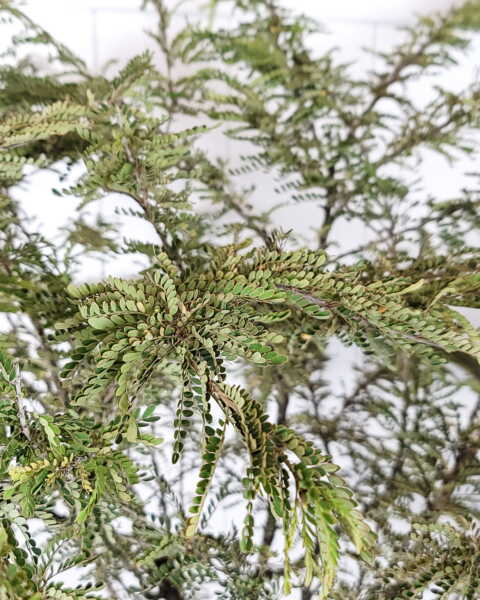
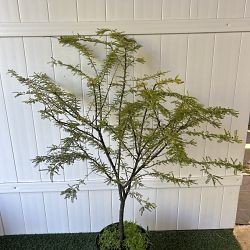
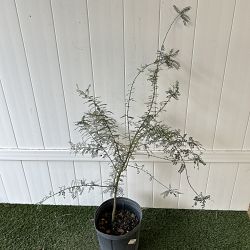
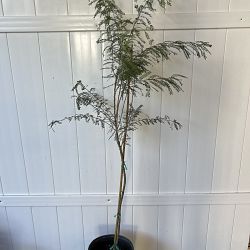
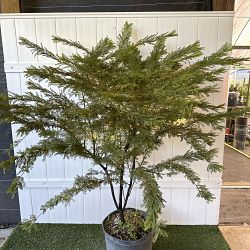
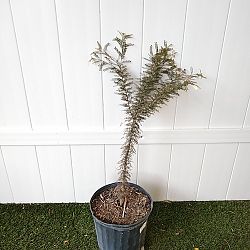
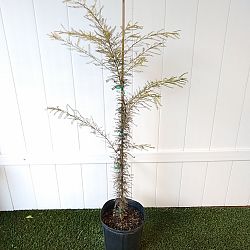
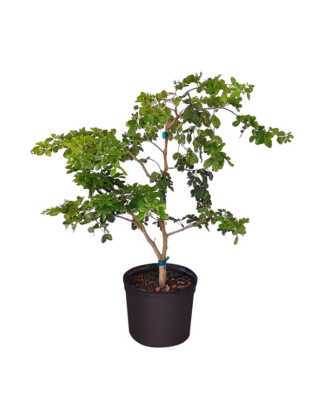
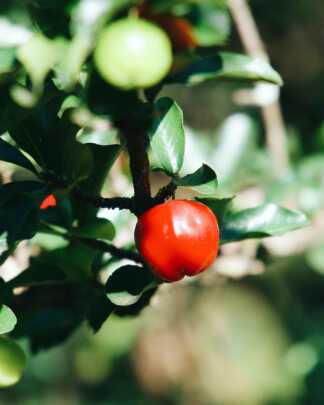
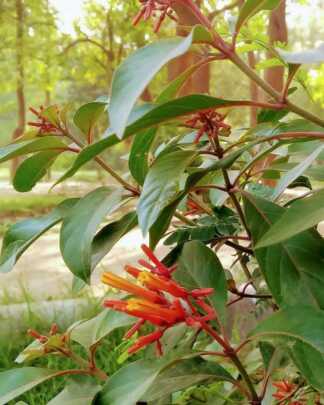
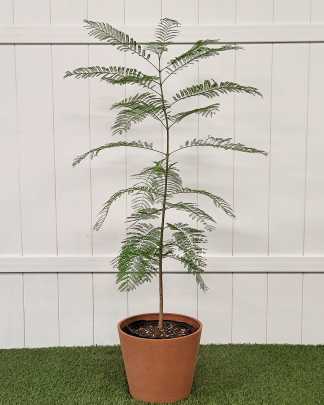
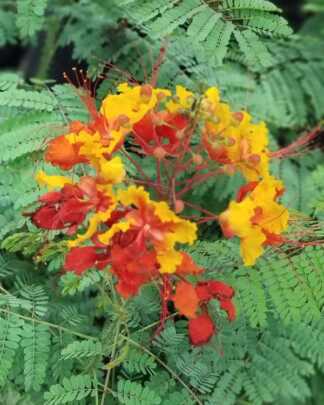


John A. (verified owner) –
vigorous specimen
Anonymous (verified owner) –
Amy (verified owner) –
Arrived quickly. Tree in good shape. Haven’t planted yet but so far so good.
Nellie Trust (verified owner) –
The tree arrived well packed and healthy. As expected, it lost some leaves and “yellowed” a bit, but it is now planted and hopefully will thrive.
David R. (verified owner) –